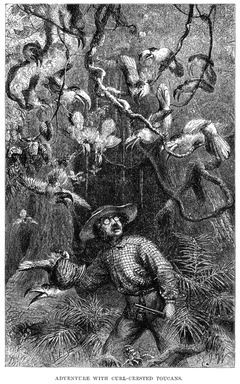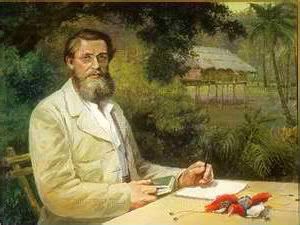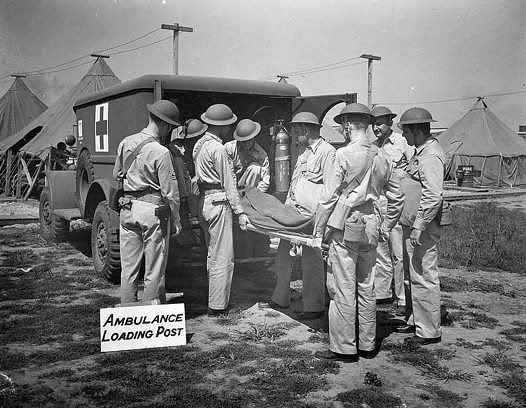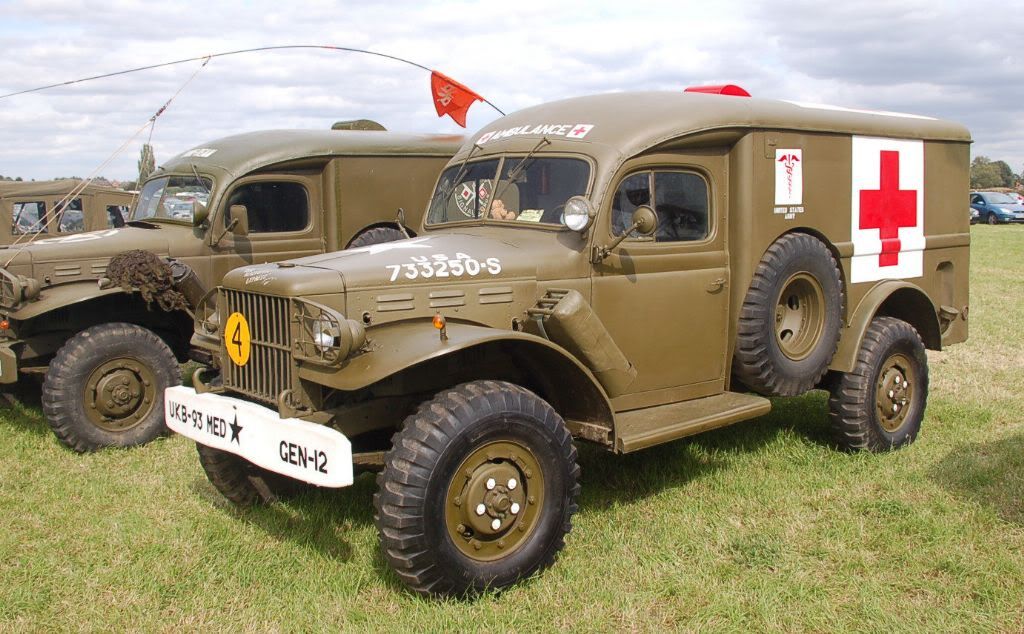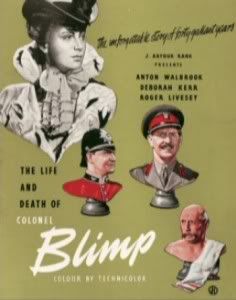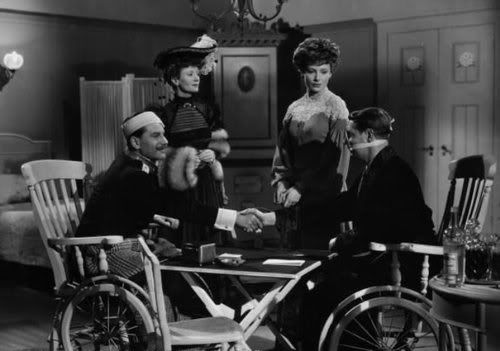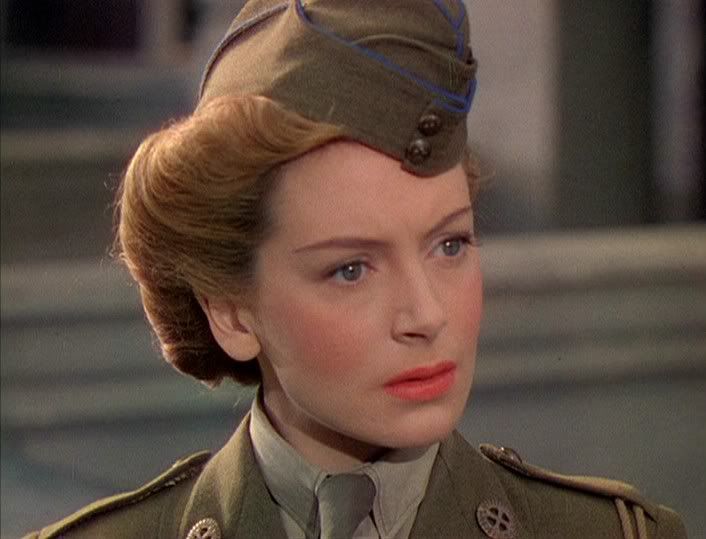The 100th Bomb Group Headquarters was a picturesque restaurant and gathering place located at Brookpark Road in Fairview Park, Ohio. I have alot of wonderful memories of going there and since Veterans Day is tomorrow, I feel like meandering down memory lane. Or in other words...indulging in some wordy warbling.
My mother is a structural engineer for NASA Glenn Research Center and she has been working there since 1985, when it was originally known as The Lewis Research Facility. ( Astronaut and senator John Glenn is from Ohio, hence the honorary name change ).
The research center is located just about 2 miles from where we live and it is adjacent to the Cleveland Hopkins International Airport. Both of which are across the street from the 100th Bomb Group.
 |
| Entrance to N.A.S.A Glenn Research Center |
Many times when we were growing up we'd go with our father to the Bomb Group HQ to meet our mother for lunch, as a special treat. And I really loved those outings because they transported me back in time and were always on typical "Avengers" like days. English weather that is...grey skies, trees bare, a cold nip in the air, and yet beautiful sunshine pouring in. My mother would leave for work around 9:30am and then at 11:30am we'd head over to the HQ and park the car at the dirt pathway just before the entrance to get a good view of the jets soaring overhead while we waited for her to arrive.
The 100th Bomb Group is owned by Speciality Restaurants Corp. who have a number of WWII themed restaurants throughout the U.S. The 94th Aero Squadron is a popular one in Columbus. Each of them are usually in front of an airport so as you are eating you can see the underbelllies of those mighty mechanical birds of the sky fly by.
This restaurant in particular was marvelous because it was styled after the architecture of a French country estate. One side of the restaurant ( the patio ) was completely roofless because it was BOMBED sometime prior to when the Allies took it over as a Base HQ. Outside, were P-57s and a couple of army jeeps as well as one of those lovely Dodge WC-54s ( see below post ). Inside, the restaurant had stucco walls and was decorated with WWII photographs, letters, and memorabilia of the past. 1940s favorites played on the radio and waitresses were dressed in the style of the period too.
 |
| 2nd Lt. Kenneth Dille's crew of the 100th Bomb Group |
Obviously, the "theme" of the restaurant was more memorable than the food, but I do recall their toasted parmesan cheese buns - their speciality bread. The 100th Bomb Group restaurant was demolished 6-7 years ago to make room for the incoming jets due to a change in their flying path. It was rebuilt entirely down the street at 22100 Brookpark Road, but it isn't at all the same. The new one looks...well, NEW. And it's twice the size of the original, loosing it's "cozy" atmosphere. Oh dear, looks like these short little memories are all that remain of the original. I couldn't even find a single picture of it online. Guess one never thinks about taking pictures of restaurants until they are no longer there!
 |
| The 94th Aero Sqaudron Restaurant of Columbus |





